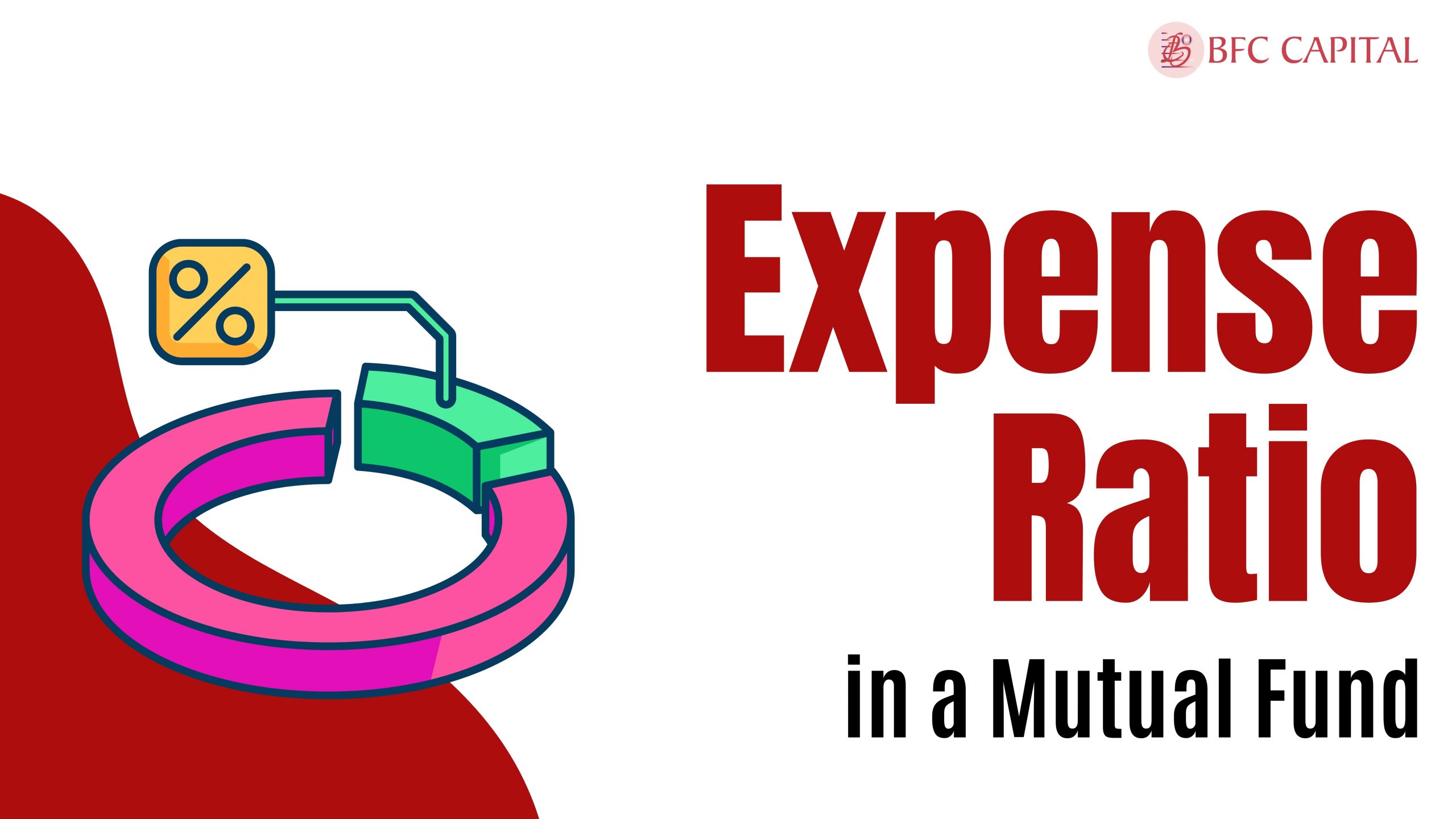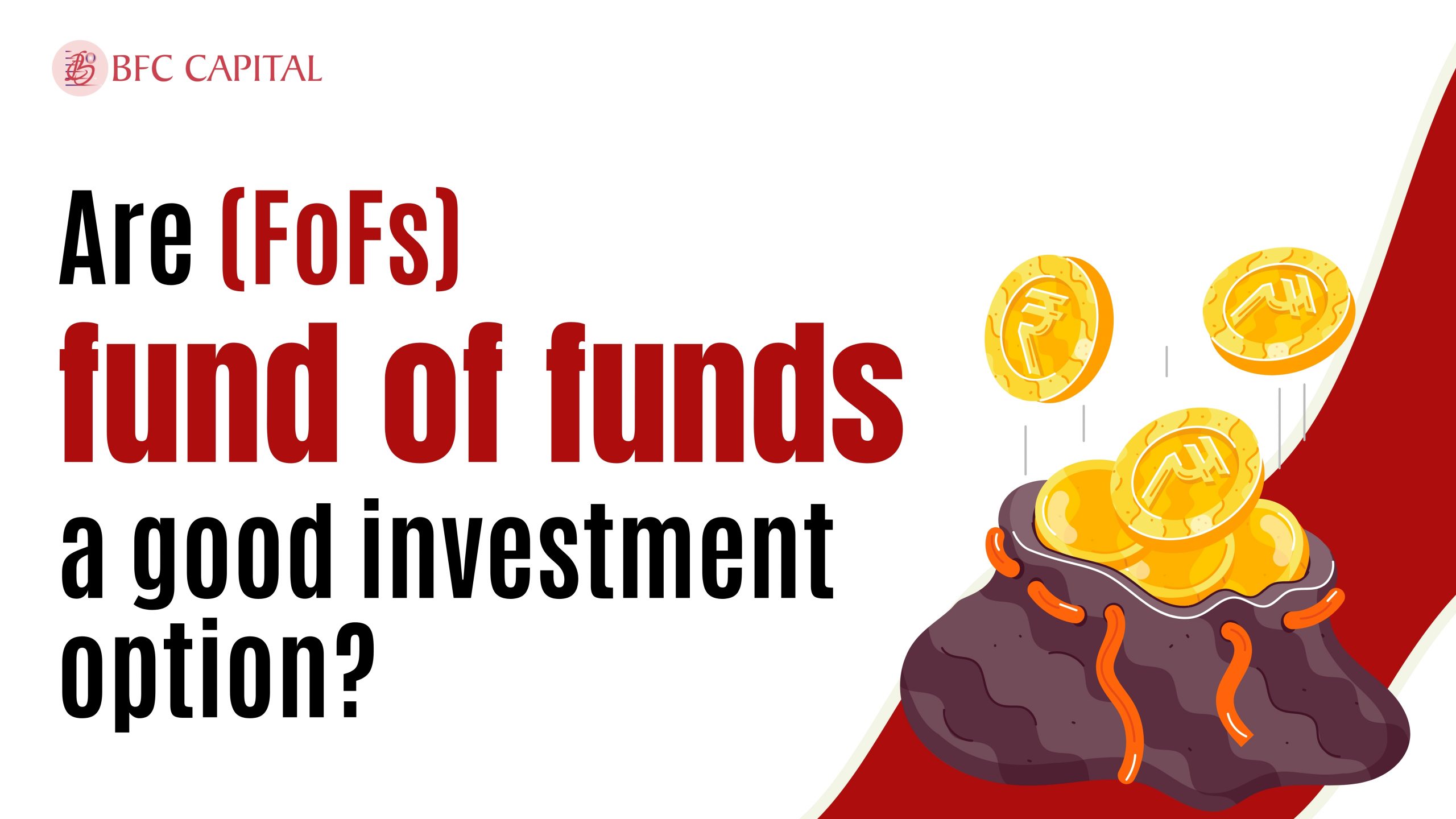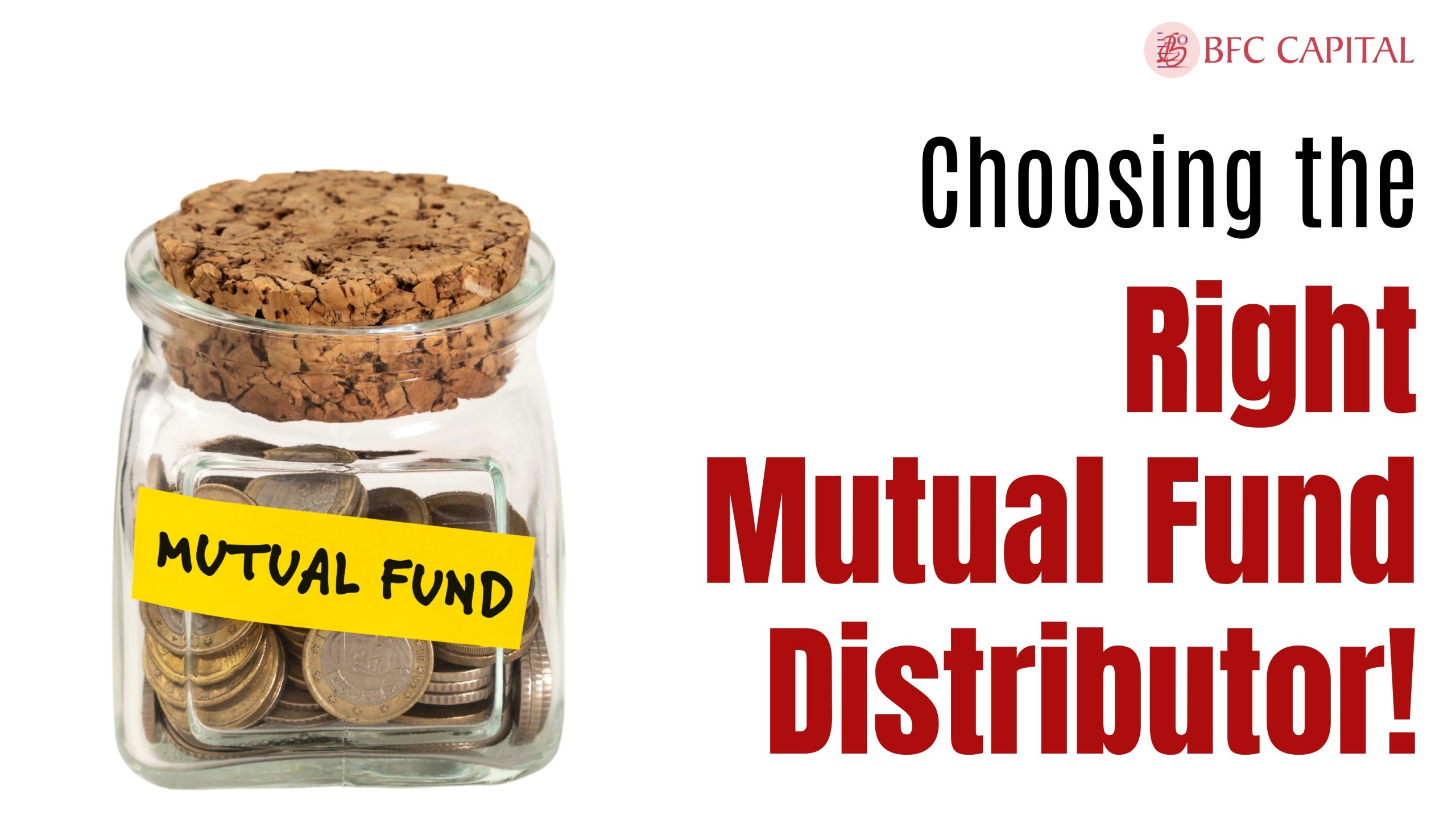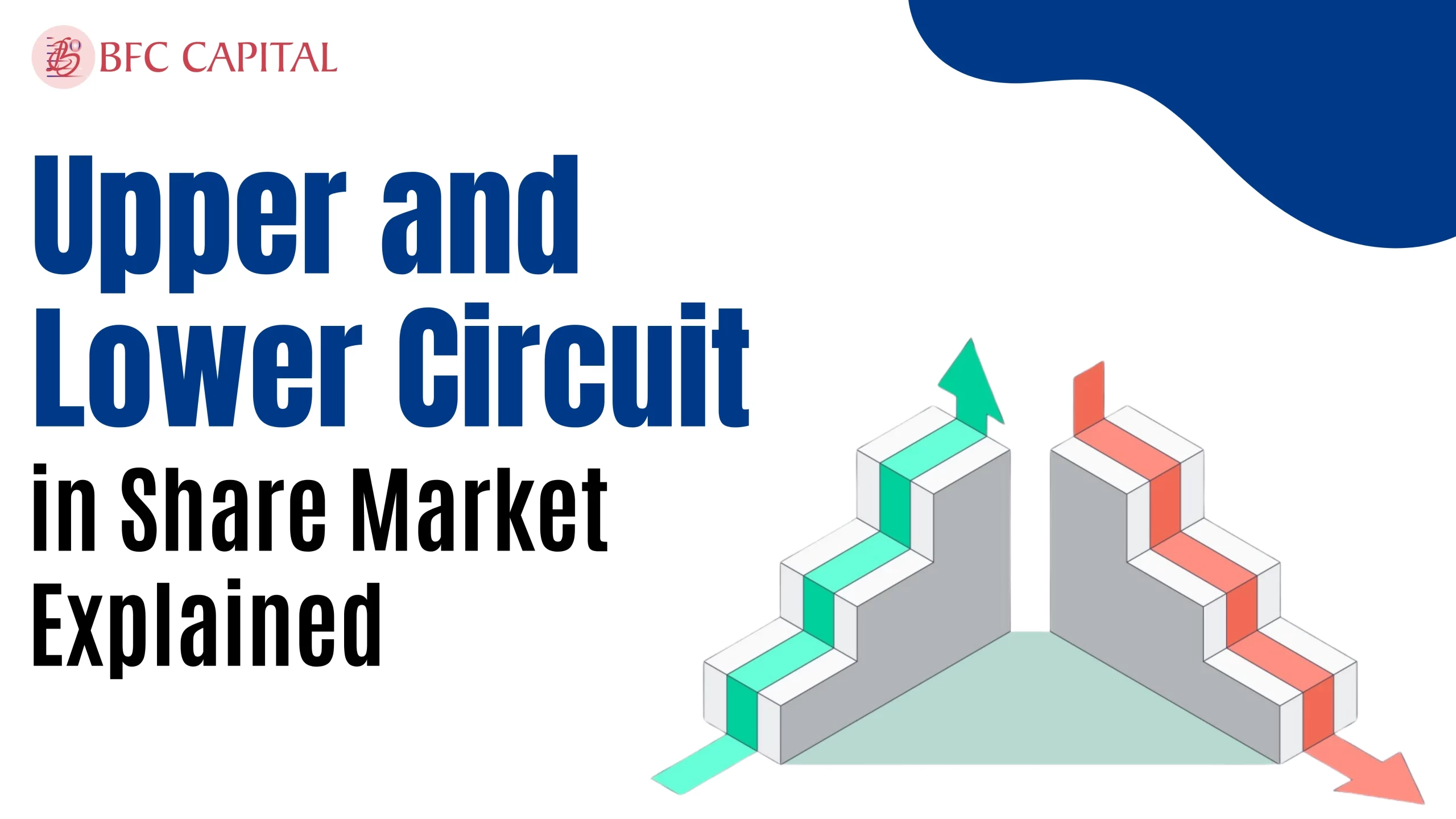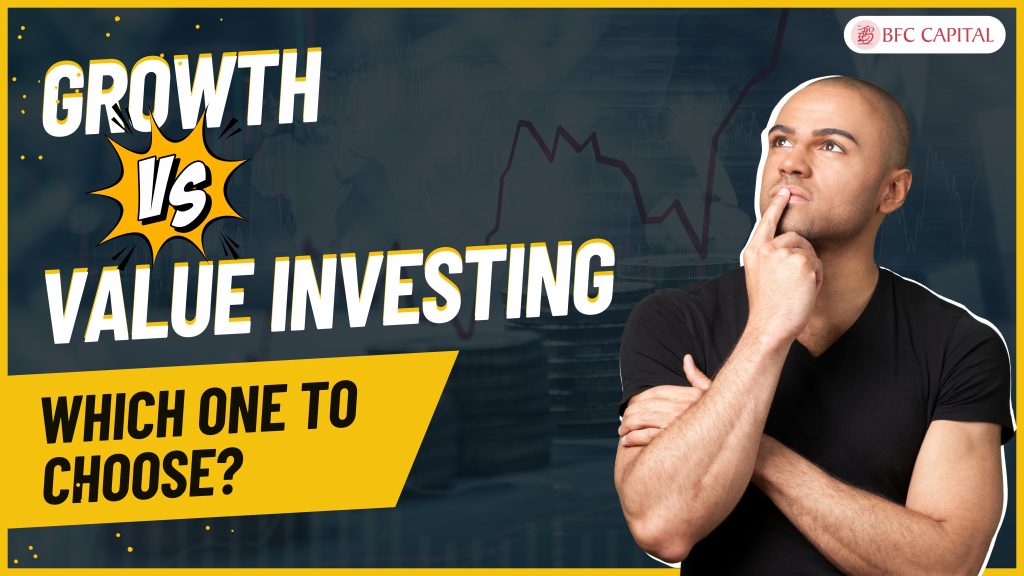
The stock market is a tool to transfer money from the impatient to the patient. Which one are you?
Maybe you spent days and months thinking about finally starting your investment journey, and read a lot about it in the past few days, gauging the best way to begin.
However, this extensive research you did, brought you to the unknown realm of growth and value investing. Has all this studying confused you and you don’t know what these two terms mean?
This is exactly what you will learn in the next 10-15 minutes.
The two most popular styles of investing are growth and value investing. While other investment styles are equally intriguing, these two remain the most debated.
I will take you into all the intricacies of Growth Investing and Value investing, which should help you find your investing style. Let the journey begin!
What is Growth Investing?
It is a fast and furious approach to investing, exactly like the movie Fast and Furious.
Growth investing is where you, as a growth investor, look for companies that show potential to surpass the revenue and profits of their competitors, leading to handsome returns. These companies are usually expected to grow at above-average rates compared to the market standards of their competitors.
The growth investment style desires speedy capital gains or exponential growth in an investment’s market value.
In the recent market, the growth segment includes companies like Reliance, TCS, and Titan, but there are some old companies as well that have made their place in this list. The growth investment includes all small,mid and large-cap stocks.
The investment time horizon for growth investors depends upon the financials of the company and the investors’ goals.
What is an example of Growth Investing?
Let us understand it better with an easy example.
Imagine that Ajay is a tech-savvy person. This personality trait of Ajay keeps him invested in the technology sector and the rise of new startups.
One day, Ajay was surfing through a technology news page, and there he saw a budding tech company Innovatia, a market leader in producing state-of-the-art VR technology.
Ajay now gathers the company’s relevant data and begins to understand its growth prospects. After going through this data, he can conclude that there is a good demand for VR products which could mean that Innovatia has a lot of business to do utilizing their robust development pipeline.
Ajay buys a few shares of Innovatia priced at ₹1000 each.
After a few years, Innovatia further works on creating new and better technology for cutting-edge VR products. This helps the share prices to boost up and trade at ₹ 1500 each Ajay’s profits have grown exponentially over the years and now he can sell his holdings at the current trading price which is ₹ 1500 achieving meaningful profits.
Are there any Parameters for the Growth Evaluation of a Company?
Yes, there are certain general factors that I will be talking about in a bit.
You, as an investor, may review these factors when looking at the growth ability of a company. What are they, you ask? Let’s see them!
Profit History
The earning ability of a company speaks about the prospects of its growth in the future. This profit is the amount left after paying all expenses held by the company such as operation costs.
This way you can look at their strengths and mistakes to understand how they function.
This is one of the critical parameters to judge a company’s financial performance.
If the company has made good profits in the past years, that means there is a good product demand, making it alluring.
Analyzing profits/ revenue gives you an edge in finding ‘signs’ that a company is performing well whereas, when the company isn’t making much profit it means low performance which may compel the investors to opt out.
EPS or Earning Per Share
The company’s net profits are divided by the total number of shares which gives us how much profit is being earned per share. In simple terms, it indicates the share of each shareholder in the company’s earnings.
By comparing companies having EPS higher than their peers, we can learn about the ability of such companies to grow in the future.
But how do I put this to use? Let’s see an example.
Let’s say there are two different companies’ stocks, namely, Amcap and Investify.
The EPS of Amcap is Rs 5, and that of Investify is Rs 10. Now, who do you think is doing better?
If you guessed Investify, you are correct! A low EPS means the earning and the subsequent return to each shareholder is less than a company with higher EPS. In the above example, as an investor in Investify, your company is generating increased profits in comparison to Amcap.
Return on Equity (ROE)
Imagine Mukesh holds 10% equity in Reliance Industries. In exchange for the investment amount he puts in to buy that equity, Mukesh will get a set return depending on how much profit Reliance makes that year.
If Reliance announces the opening of another retail store for the beauty industry and sees a huge demand, Mukesh will eventually get good returns.
When speaking of a low ROE, it simply means that its profits won’t be as high and Mukesh will get returns accordingly.
Note that ROE should not be the sole guiding factor while making decisions.
Now, I know you don’t want to really ‘study’ the charts and data or the balance sheet of any company. It is just too much work! Investing in any company shouldn’t be this hard. But to be able to conclude your wandering thoughts you need to have some basic information about the company’s business and if the company introduces any major changes.
Why do I say so? This is because any changes in operation and business may affect the stock prices due to the results produced. Yes, you can skip dealing with data and numbers.
The EIC Model
EIC is an abbreviation for Economy, Industry, and Company analysis. During the selection process of a stock, be it of a growth or value company, these three aspects are considered.
The investors look into the economic conditions of the country and then depending upon the economic conditions, an industry that is performing well is picked. Afterwards, a company that is performing well in that sector is picked wherein investments are made. This approach is called the top-down approach and is followed during the selection of value stocks as it helps in determining the intrinsic value.
Growth stocks on the other hand follow the buttom-up approach opposite to that followed in value investing, where the fundamentals of a company of choice is analyzed followed by the analysis of industry and the economy at last.
What is Value investing?
A more conservative strategy compared to growth investing, Value investing involves choosing the stocks that are trading below their expected potential value aka book value. These stocks are considered underestimated by value investors.It is much like buying at an off-season sale or festival sales (the discounts are temporary and not due to change in value) over buying at full price.
You must be wondering, how does the price of a stock change? The answer is, that there are a few factors at hand that largely determine the price fluctuations. Let’s take a quick look at some of the common ones:
1. Psychology triggers
You must have heard people say: I bought this stock because my friend Mr. Sharma invested in it a few months ago and became rich! This is buying under the influence or by word of mouth. Buying into the trend is something we all have done at least once in our lives.With adequate research however, moving with the trend is a strong strategy.
Most investors are influenced by their surroundings and what stock is being talked about. This provokes herd bias or following the gossip without proper research.
This bias causes investors to buy as in hopes of price rise or sell in fear of falling prices. However this fluctuation in price does not reflect any change in the true value of a company. Companies with strong fundamentals might get overvalued or undervalued. These types of stocks are best suited and value investors target such company stocks.
In Value investing, the gain happens with market corrections and is a slow, gradual process, hence requires patience.
2. Business Fluctuations
When there is a change in the economy, everyone is affected by it. Take the example of the pandemic times in the year 2020. every company’s business was affected. Some companies can sustain the dry periods while others fall prey to the tough times. When a business gets highly impacted by the economy’s shifts, it can affect the stock prices but not its value in the long run.
3. Unpleasant News
Remember our pals Ajay and Mukesh? Imagine that there is news floating around that the government is planning to reduce the production of VR technology as it is addictive for youth. Now, due to this news investors of Innovatia get fearful and start pulling out their investments from the company and so does Ajay. This causes the stock price to fall significantly.
Meanwhile, there is other news that Reliance Industries will be funded by the government to introduce foreign beauty brands in the Indian markets. Now, reliance sees a grand spike in demand from its consumers bringing them hefty profits and causing the stock prices to rise. Mukesh is happy as he will now get more returns on his investments.
Other news such as legal actions against the company or a minor drop in business creates uneasiness among the market investors, causing them to sell their stock holdings rapidly to protect their capital from supposed market downfall. But this is not true.
Such news does not manipulate or hinder a company’s ability to recover from a slightly less productive state and start generating profits. There have been multiple events of such news circulating within the realms of the market which did affect investors’ mindset but weren’t able to influence the stock prices for long.
What is an example of a value investing strategy?
Let’s take the example of Nestle, the world’s largest food and beverage company and a common household name, whose P/E ratio is 14 (not real). It is comparatively less than its competitors Costco (P/E 19) and Walmart (P/E 25). Looking at the relatively lower stock prices, value investors will buy these ‘affordable’ stocks hoping for steady and long-term growth.
With time as the intrinsic value of these stocks increases the value investors receive their profits.The major requirement in the value investing style is patience and the ability to stay invested for a long time.
The biggest question: Which Investment Style is Best for You?
Let’s address the elephant in the room now. So far you have learned the basics of growth and value investing, and, I am sure you might be thinking of dipping your toes in one of the two by now. If you are still confused about the major difference between the two, here it is:
Growth investment is when you as an investor invest your money in companies ‘expected’ to grow at a rapid rate in the coming years. These companies are new, growing or have been delivering above average profits and reinvest their profits to further expand their business which could mean: Better profits!
The growth investment style is a go-to option for those who are patient and want to make huge profits in a relatively shorter time frame as compared to value investing and have a risk appetite.
On the other hand, Value investing is choosing the undervalued stocks that can be traded at a higher price in the coming times. Since these companies’ share price gets corrected eventually, they have fewer risks as compared to the former style of investing. However, they encompass a longer investment horizon period.
Both styles cater to different financial goals: if you wish to make profits with the company’s growth and have a good risk-taking ability, growth stocks may be suited for your needs. On the contrary, value stocks are for risk averse investors and it requires time to reap benefits.
On a Parting Note
Both growth and value investing cater to different financial goals. When it comes to choosing the right one for yourself, consider one factor first: what is your risk-taking ability?
Whether you have an inclination for risk or not, one thing remains consistent, Patience, as keeping up with every new shift in the markets can become overwhelming.
I hope you were able to find an answer to your doubts and will make an informed decision.
Happy Investing!

Assistant Vice President – Research & Analysis
Akash Gupta heads the Research & Analysis department at BFC CAPITAL, where he combines in-depth market insights with strategic analysis. He holds multiple certifications, including:
- NISM-Series-XIII: Common Derivatives Certification
- NISM-Series-VIII: Equity Derivatives Certification
- NISM-Series-XXI-A: Portfolio Management Services Certification
- IRDAI Certification
With his expertise in equity, derivatives, and portfolio management, Akash plays a key role in providing research-backed strategies and actionable insights to help clients navigate the investment landscape.
